![]()
The story of Ellen Strange has throughout the years changed in various way. And just like the age-old game of ‘chinese whispers’, what was once originally factual has, in some sense of the word, been taken out of context with plenty of misinterpretation that has clouded the story ever since the tragic events of 1761 took place.
Born sometime around 1728, Ellen Strange Royland, as was her surname, had lived with her parents at a place known as Ash Farm for several years before she met a man named John Broadley. It’s hard to corroborate, but many think that both Ellen and John married sometime in 1751, but unfortunately no marriage records exists today that can validate this claim.
They would that same year have a child, whom they called William, but sadly he would only live for a couple of weeks before his death in January 1752.
The marriage of Ellen and John Broadley would, at times, be one of unhappiness, with arguments taking place on a regular basis. To add to their misery, they also lived in poverty, often travelling from town to town looking for work.
John Broadley, back in the 1700’s had been a labourer from Clayton-le-Moors, and after marrying Ellen, it appears both of them had been ordered to leave Clayton-le-Moors and relocate to Huncoat. As paupers, they were classed as a burden on the township, as were many who had found themselves at the lower end of society.
Fast forwards to the 28th January 1761 and to a place known as Stake and to a farm that was situated on the edge of Holcombe Moor.
Around fourteen men had arrived to hold an inquest into the death of a young woman whose lifeless body had been found brutally beaten high up on the moor two days previously, on the 26th January.
This woman was Ellen Broadley.
The inquest would declare that John Broadley, ‘not having God before his eyes but being moved by the instigation of the Devil,’ had assaulted his wife ‘at the first hour in the night’ on the 26th January. The jurymen would also go on to say that he had ‘violently, feloniously, voluntarily and of his malice forethought, struck, kickedm strangled and squeezed, suffocated and mortally wounded’ his wife and that she had instantly died from her injuries.
Following on from the inquest, and after Ellen’s body was interred within the grounds of Holcombe churchyard, John Broadley was arrested and taken to Lancaster Castle to away his trail at the next assizes.
Many stories have been written on how and why Ellen was murdered, with one in particular claiming that after spending time visiting a fair that had taken place in nearby Haslingden, a quarrel broke out between Ellen and her husband, John. Ellen then left the town to make her way to her parent’s farm in Hawkshaw, for which she had to travel over the desolate moors.
And just after midnight, on the 26th January, and after following Ellen, a fight had broken out which would ultimately leads to Ellen’s death.
As there were no witnesses to the murder of Ellen, it’s hard to imagine exactly what had happened. One thing for sure is that she was indeed murdered on the moors, and her body was covered over by stones, as if to hide the crime.
So who found Ellen’s remains? This is also a question that does seem to be a mystery.
One report, as told by a man named William Warburton, tells the tale of how both Ellen and John had been seen leaving the fair at Haslingden before making their way to the Bull’s Head and the Stoop Ale House (also known as the White Horse). But when Ellen was not heard of any more, her parents went to Bolton and obtained a bloodhound. Making their way along a road from Haslingden to Edgworth by Flaxmoss and Stake Lane, the bloodhound scented her body beneath a pile of stones on the moor a little above ‘Robin Hood’s Well.’
Such were the superstitions at the time, another story claimed that Ellen’s murderer, overcome by fear, had made a pact with the Devil to help aid him. The murderer then returned at speed, so rapid that ‘his clogs struck fire every step he took as he came up Flaxmoss.’
The murderer was then taken prisoner at ‘Stoop House’ and being brought to justice he was at last obliged to confess his guilt.
Upon being found guilty for the murder of Ellen Strange, he was hanged at Lancaster and his body was gibbeted on Bull Hill.
Interestingly, the ‘murderer’ was never named in any accounts that reported the story in the late 1800s and early 1900s.
The truth, as far as we know it and this is also up for debate, was that John Broadley, after ‘possibly’ committing the murder, had reported to finding the body of his wife lying on the moors, and to some extent, this is what possibly saved his life.
At the next Lent assizes in 1761, John Broadley was indicted for the murder of his wife by Lawrence Elton, one of the constables for the township of Tottington Higher End.
Several witnesses were called, including Lawrence Elton, Roger Booth – a doctor from Tottington who had possibly examined Ellen’s body, Mary Smith and another lady called Alice Ellison, an innkeeper for either the White Horse or the Bull’s Head from Haslingden.
As evidence was never written down back in the 1700’s, we will never know what was said during the trial, but one thing that can be said is that whatever evidence they may have had, it was not good enough to convict John Broadley of murder. And given the time of the murder, being at midnight, and having taken place in such a desolate place, there were no witnesses which could or would have influenced the decision of the jury.
In the end, the jury had no option but to find John Broadley innocent of the murder of his wife, Ellen. He was duly acquitted and would later relocated back to Clayton-le-Moors.
The site of where Ellen Broadley was murdered is visited by many people every year. All of whom have heard the tragic story.
Often, they will leave a stone in memory, and over time a pile of stones has indeed risen. Now known as ‘Ellen Strange’s grave’, the practice of adding another stone to the cairn has ensured that the crime and the name of Ellen Strange has never been forgotten.
But why do we still call her Ellen Strange and not Ellen Broadley?
Over 260 years have passed since the death of Ellen and it seems that those who had known her before and after her death had kept referring to her as Ellen ‘Strange’. And because of this, her story and indeed, her name, has been passed down through the many generations of families who have lived close to where the murder took place. The story itself has managed to spread further afield thanks to books, plays, song and verse, and the use of modern day technology that includes the use of the internet and social media.
In 1978, a commemoration took place at the site of Ellen’s murder and a monument was erected in her memory. During the commemoration, a short play was re-enacted depicting the murder of Ellen but this caused some distress and controversy which led the Helmshore Local History Society to look into the true facts of the story.
A booklet was written, re-telling the folklore and myth surrounding the murder as well as putting forwards factual information that would at least right a few wrongs in terms of who was charged with the crime.
Written by John Simpson, the booklet was released in 1989 and then re-released in 2015 after funds were raised by the Unite North West Region, Unite Bolton Branch and Bolton Trades Council. The re-release, or re-print, came as a result of the Unite Rebel Road project that celebrates trade union and labour movement heroes that have been publically recognised in one form or another such as a plaque, statue of building named after them.
For more information and to download the booklet for free, please visit : https://markwrite.co.uk/2018/10/08/ellen-strange-booklet-2/
For this interesting story, we have used the booklet to source much of our information, as well as using Ancestry online to check Ellen Strange’s timeline.

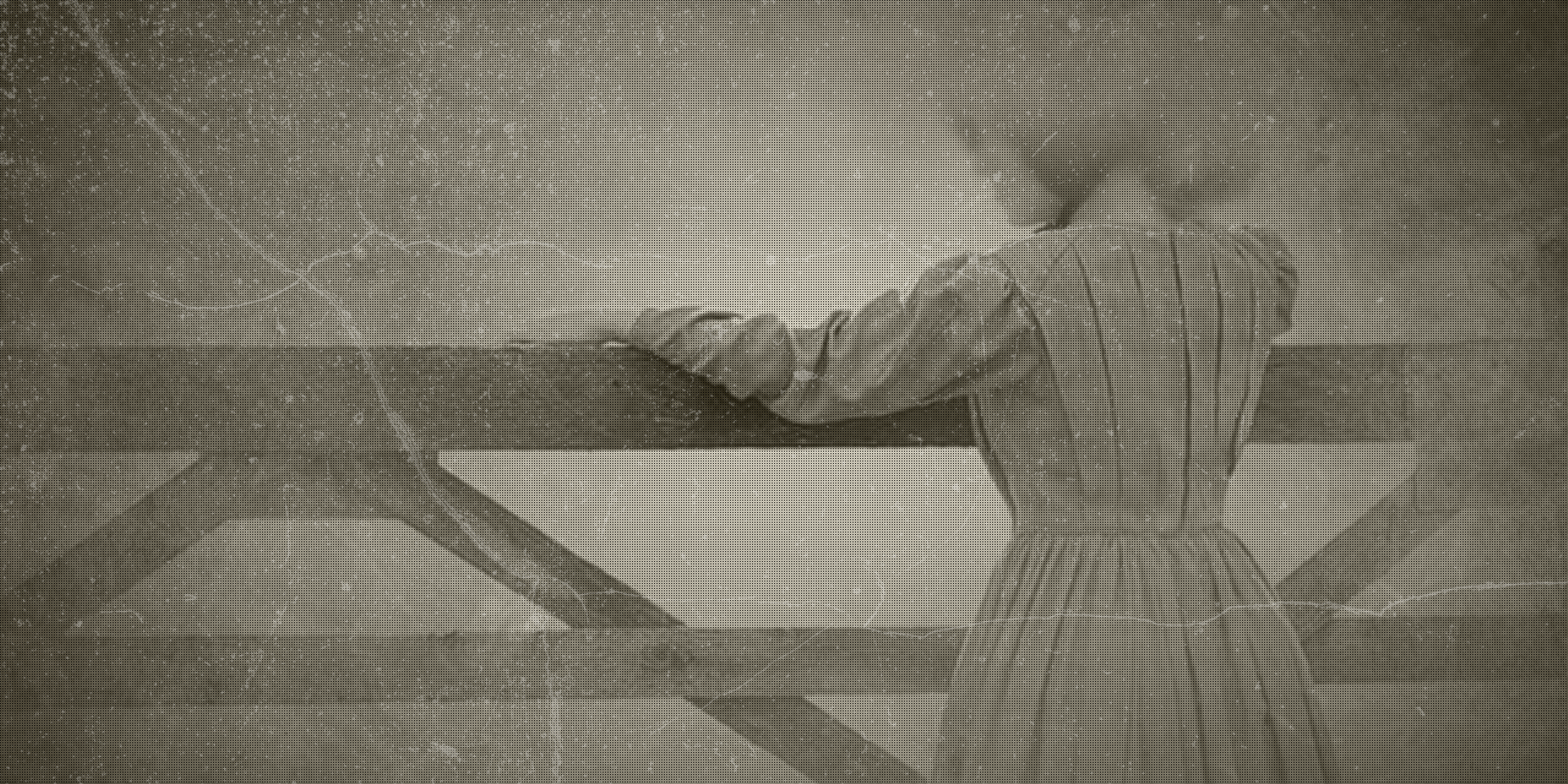
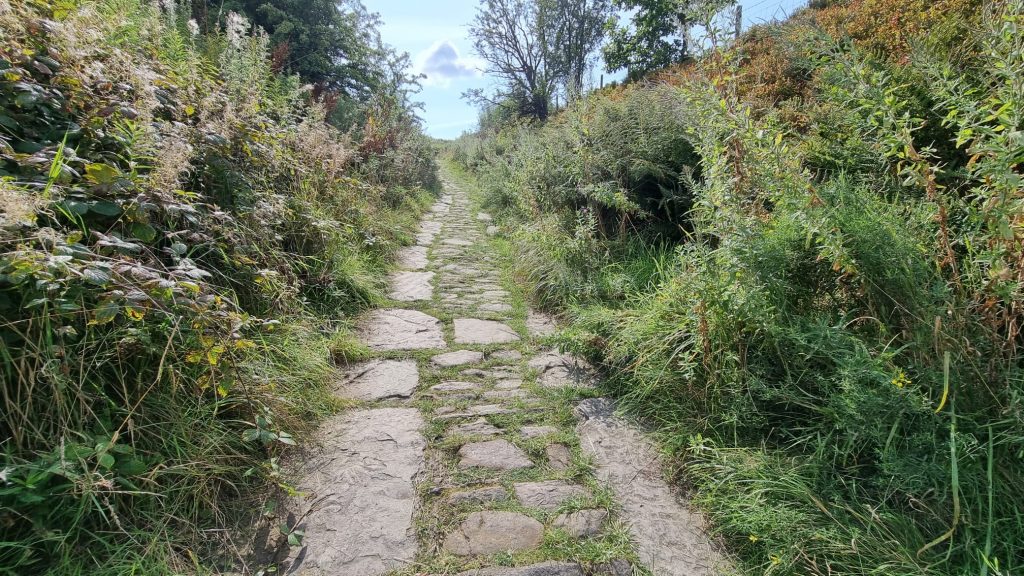
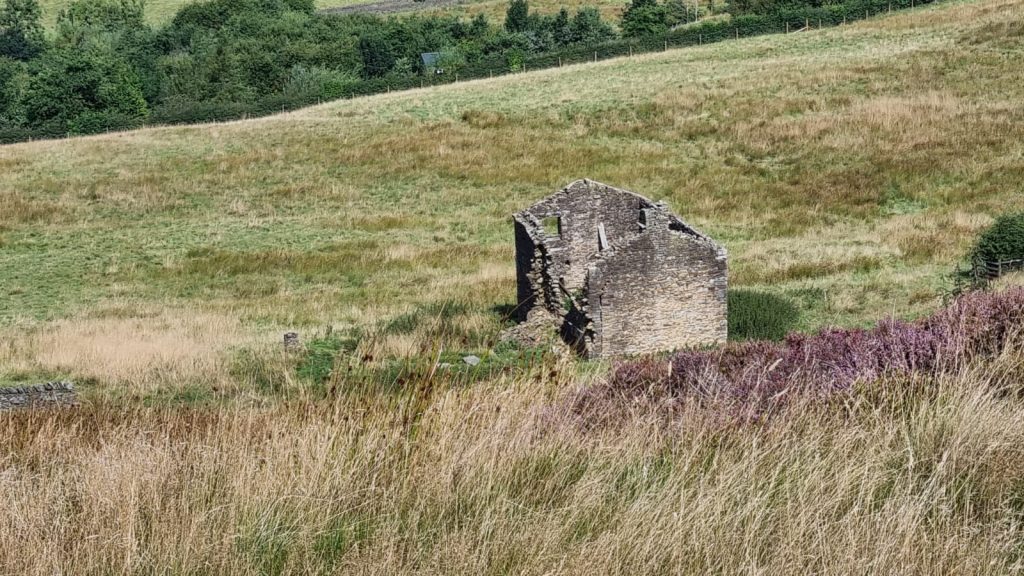
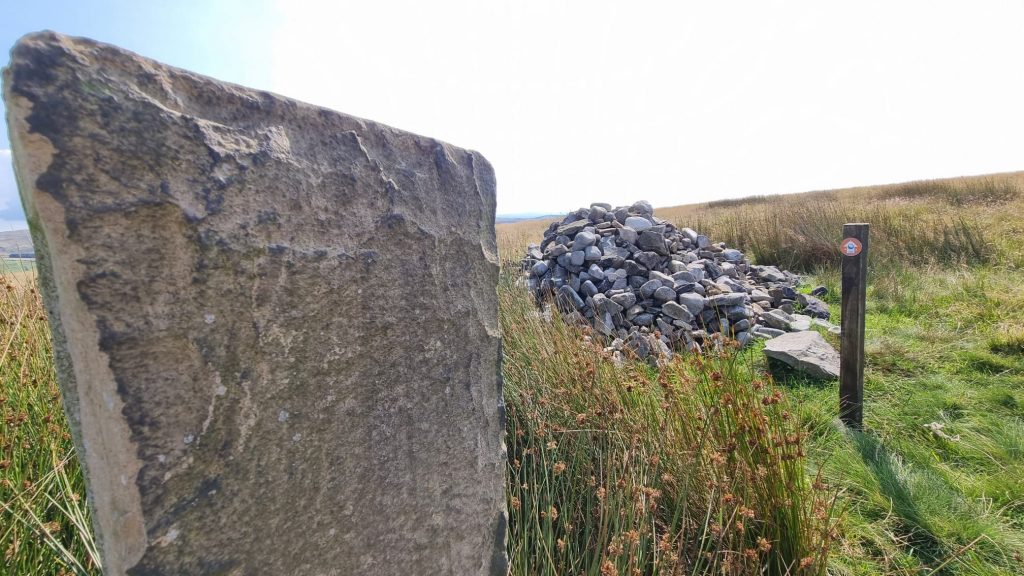
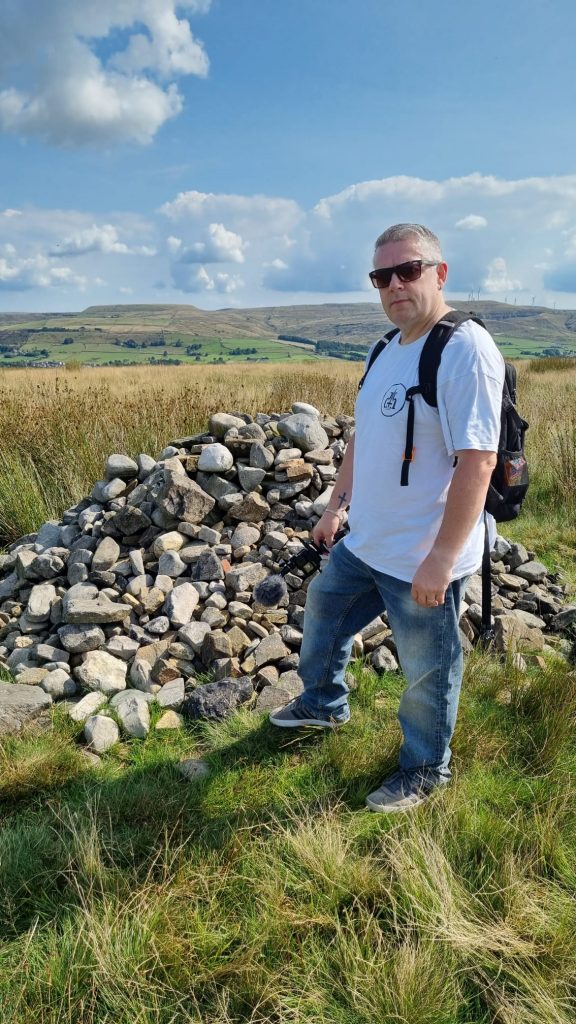
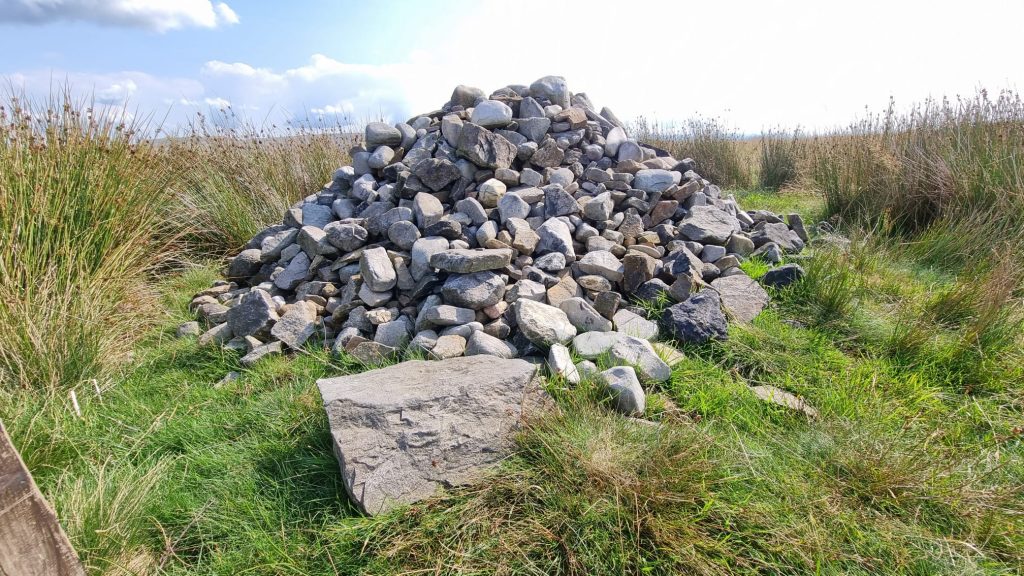
Leave a Reply